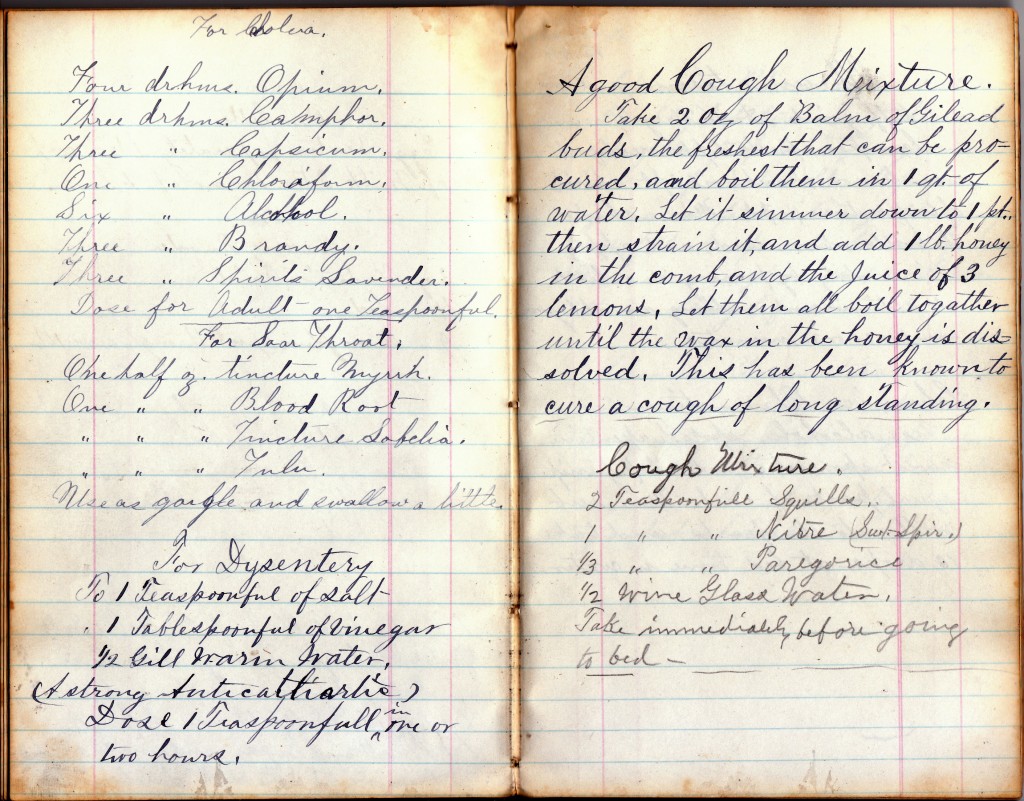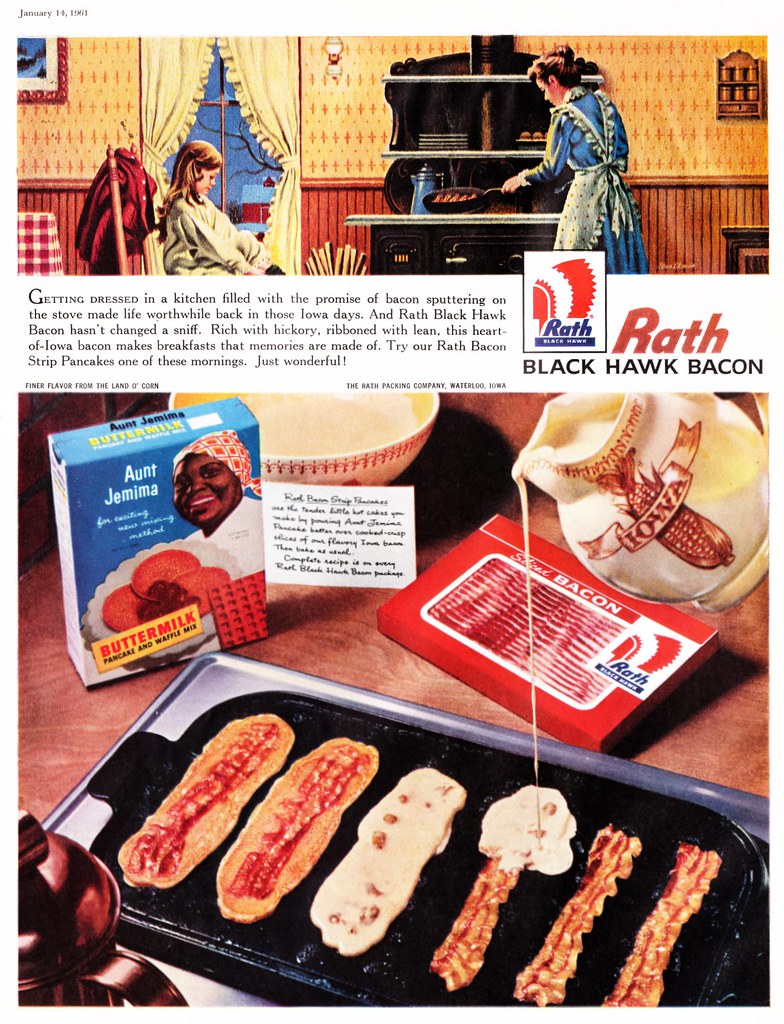Take a moment to read the above advertisement for “Better Butter,” c 1914.
I’m becoming convinced that the terms “Hygienic” and “Sanitary” were the “All-Natural” and “Organic” of the 19teens: buzzwords that not only reflected the culture of a time, but were also important tools for advertising.
In a way, it’s not a surprise. For decades children had died of swill milk; germ theory was slowly being accepted by the turn of the century; and, without antibiotics, there was still not a cure for most contagious illnesses. There was a focus on the best preventative medicine: good hygiene.
An article on the history of Washing DC’s bread factories, Bread For The City: Shaw’s Historic Bakeries, has more to say on the topic:
“At the beginning of the twentieth century, food sanitation had become a nationwide obsession, culminating in Upton Sinclair’s famous The Jungle, about the horrors of the meatpacking industry. Bread-making was also a topic of concern. An article in the New York Times in 1896 excoriated small traditional bakeries in that city (‘The walls and floors are covered with vermin, spiders hang from the rafters, and cats, dogs, and chickens are running around in the refuse…’) and asserted that ‘the cause of this trouble is that small bakeries are owned by ignorant persons. The large bakeries are conducted in an exemplary manner.’
It seems to have been part of a campaign to get people to buy all their bread from large factories. An 1893 article in theEvening Starobserved that ‘Home-made bread is a back number. Machine-made bread takes the cake. The twentieth century bakery is a thing of beauty and the up-to-date baker is a joy forever.’ At the popular Pure Food Show at the Washington Convention Hall in 1909, D.C. bakeries put on a massive exhibit that filled the K Street end of the hall. Visitors could observe machines doing the work in a modern factory setting; dirty human hands never touched the bread. In that same vein, a 1919 advertisement for Dorsch’s in The Washington Times urged consumers to give up their old-fashioned reliance on the corner store: ‘Why buy bread at the grocer’s, fresh for each meal, when it is possible to get good, wholesome, and fresh bread that tastes as good at the last bite as it did when you first cut into the warm loaf?'”
The shift from stuff made at home = bad and stuff from a factory = economic, sanitary, attractive, appetizing is interesting to think about. I understand why it happened: to be able to buy a gallon of milk, a pat of butter, or a loaf of bread in the grocery store that is clean and consistent is a beautiful thing. But, I think society’s shift back to a love of the homemade has provided a much needed balance.













